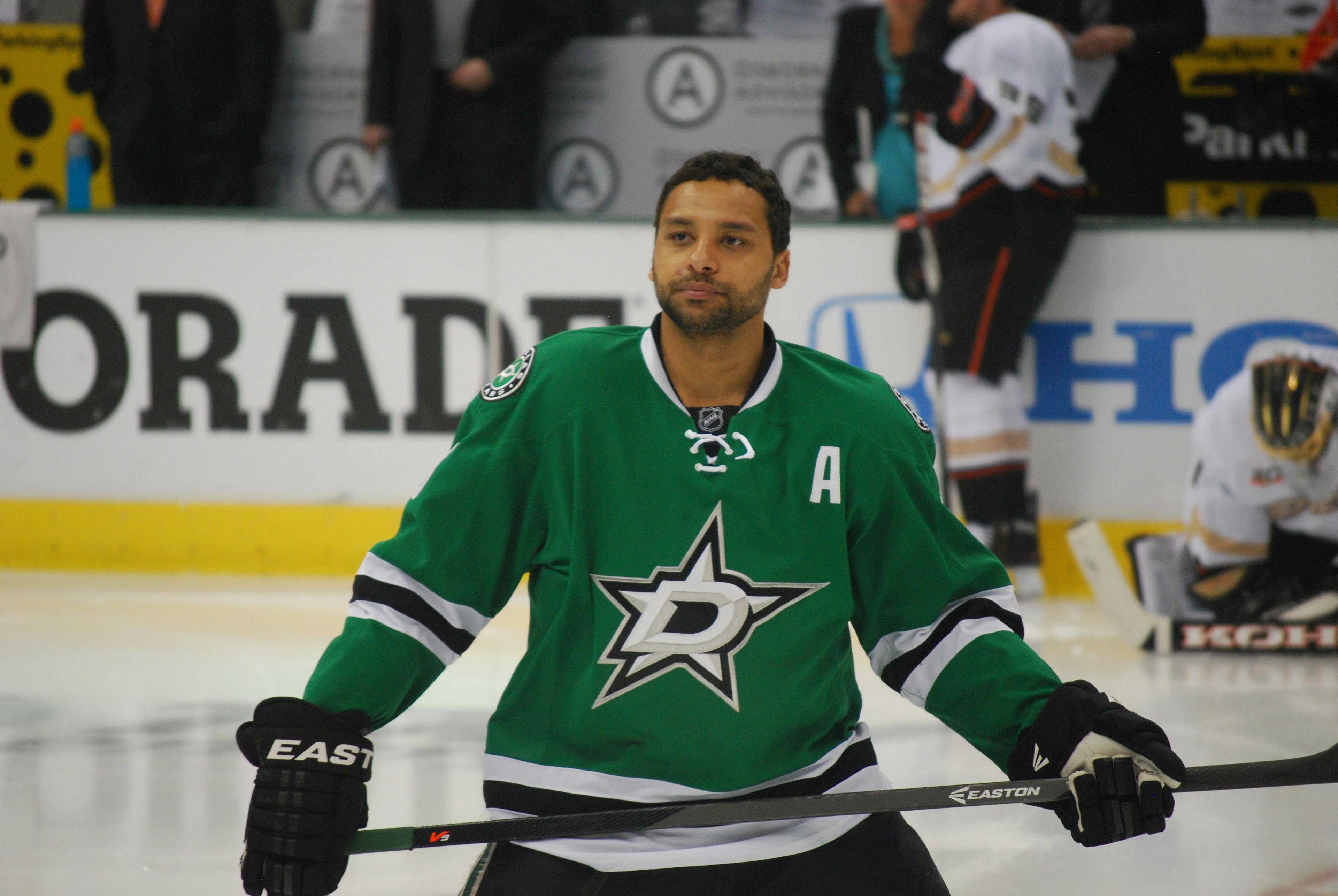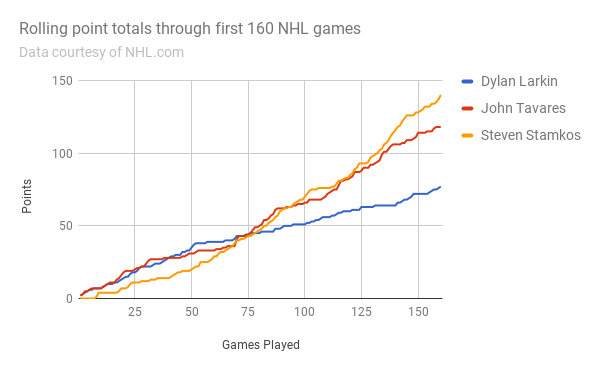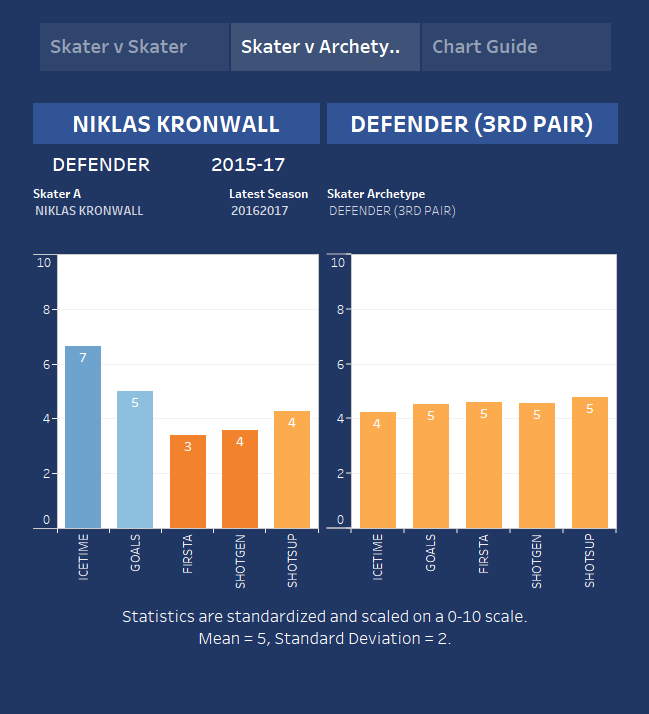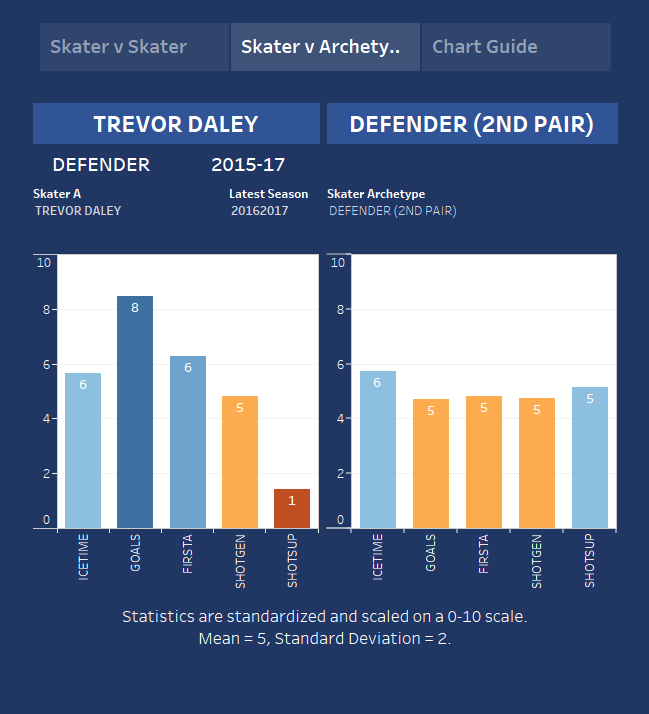Red Wings Do Well In Free Agency, But Team’s Biggest Needs Yet To Be Addressed

By Nick Seguin
6 years agoKen Holland has always liked to make a splash in free agency. Over the years, he’s brought in big names such as Luc Robitaille, Brett Hull, Mike Modano, and Daniel Alfredsson. When they signed with Detroit, each of these players were in the twilight of their careers, chasing a Stanley Cup with a contender. Well, those days are gone now. Detroit is no longer a desired location for free agents chasing their Cup.

These days, the Winged Wheel is able to attract average players at best, often in the mid- to bottom-6 forward or mid-4 defense pool. That hasn’t stopped Holland from making a splash when free agency hits, though. Last year, he signed Steve Ott and Thomas Vanek to one-year deals and Frans Nielsen to a whopping 6-year, $5.25 million AAV contract, effectively eating up all of the free cap space created by the departure of Pavel Datsyuk.
This year, with a tight salary cap to manage, it seemed like Ken Holland’s hands were tied. Unable to offload Petr Mrazek’s $4-million cap hit at the expansion or entry drafts and with three pending restricted free agents to re-sign, Holland had very little cap space to work with and two big areas to improve.
One of those areas is finding a true number one centre. The team is hoping Dylan Larkin will get there eventually, but until he does, this is a big need for this team. Nielsen is great in the faceoff circle, ranking 28th in the league for FOW%, but he doesn’t have the pure goal scoring capability that a true number one centre has. We’re talking someone like Steven Stamkos or John Tavares here. And for what what it’s worth, those each of those guys put up over 100 points in their first two NHL seasons, with big offensive improvements from their rookie season to their sophomore one.

Players like this are impossible to find via free agency, so it’s not Holland’s fault that he wasn’t able to address this need on Saturday. Instead, the team used the entry draft to select Michael Rasmussen, a centreman from the WHL, with their ninth overall pick. At 6’5”, Rasmussen will bring size to a forwards corps whose average height is around the 6-foot mark. Unfortunately, he’s projected to be a second line centre in the NHL, so Detroit’s search for a true number one continues.
The second area that needed improvement was the team’s defense. Their last number one defenseman, Niklas Kronwall, has regressed to the point of barely passing for a 3rd pairing D-man, despite getting the ice time of a 2nd pair.

The remaining D-corps is a mediocre mix of shutdown defensemen and rookies who are still learning to see the game at the NHL level. The one exception is, of course, Mike Green, who still managed to put up 36 points this season, 26 of which were at 5v5. But Green is on the wrong side of his prime. Long gone are the days when he was having 70-point seasons. He is still a solid top-pairing defenseman and can certainly quarterback a powerplay, but he can’t carry a team the way that Erik Karlsson can. Besides, Green is in the final year of his three-year contract with Detroit and, if the team is not in the playoff hunt next season, is expected to be flipped for prospects and picks at next year’s trade deadline.
Even if he isn’t traded next season, it’s highly unlikely Green will return to Detroit. This is where Ken Holland decided to use free agency to his advantage. Just like with centremen, a true number one defenseman never hits free agency, but there are always a couple of solid options available. Mike Green from two years ago is an example of that and Kevin Shattenkirk this year is another. That being said, with the tight knot that the Red Wings’ salary cap is tied in, there was no way Holland could afford to make Shattenkirk a deal that he wouldn’t laugh off.
Still, something needed to be done. With Kronwall and Jonathan Ericsson spending more time on the injured reserve than on the ice, it was clear that additional veteran presence was needed on the back-end to help guide the play and mold the rookies into being true NHL defensemen. So Holland hit the market and snagged Trevor Daley for three years at $3.178 million per year. At 31-years-old, Daley is a 14-year NHL veteran. He’s coming off of back-to-back Stanley Cup victories with the Pittsburgh Penguins where he played with some very young players. So Daley knows what it takes to win and he’s been relied on as a veteran presence. He’s actually a really good fit for this roster.
When it comes to the contract, many were afraid of Holland’s reputation of overpaying veteran players for too long, but he actually did a pretty good job with Daley. The $3.178 AAV is a good price for what Daley brings to the table, which is offensive prowess from the blueline despite a lack of defensive awareness in his own end. As his HERO Chart shows, his production is well above the average second pairing defenseman, but his shot suppression is abysmal.

If this contract has any downside, it’s that it’s one year too long. The Red Wings have some good defensive prospects who will be NHL-ready sooner rather than later. Some of them, like Ryan Sproul, are arguably already there. With the third year on his contract, Daley will likely be holding onto a roster spot that should be going to an NHL-ready player stuck in Grand Rapids. There is already a bottleneck on the backend and it’s only going to get worse in the next couple of years with Kronwall locked in until 2019 and Ericsson and Daley signed until 2020. A two year contract with Daley would have been perfect for the Red Wings. He could have helped groom the young defensemen this season and then be flipped at the deadline next year to make room for guys like Joe Hicketts, Dan Renouf, or Robbie Russo in 2019. Overall, the Daley contract is a good one. It’s a low cap hit for a strong offensive upside.
While Daley was the biggest splash Holland made on July 1st, he wasn’t the only one. On a much smaller scale, Holland inked Luke Witkowski to a 2-year, $750,000 (AAV) contract. Witkowski is a 6’2” right-handed defenseman who spent the first three years of his NHL career with the Tampa Bay Lightning organization, playing a total of 34 games and registering 4 points (all assists). Witkowski is a bubble NHL player who further crowds the Red Wings pipeline of defensemen. The contract is only for two-years and the cap hit is under a million, so it’s not hurting the Red Wings in any way, but it’s a questionable move for a team in desperate need of skilled defensemen and with some in the AHL who are just about NHL-ready.
Oh, and if the name Witkowski sounds at all familiar to you, it’s because he was the guy who fought Anthony Mantha in late-March, breaking Mantha’s finger and ending his season.
Failed to load video.
Overall, the Red Wings made out okay in free agency this year, adding a veteran defenseman who will help with their current D-corps’ scoring trouble. Holland didn’t break the bank nor did he compromise the team’s future by locking in a veteran player for more than three years, though he’s still failed to address the team’s two biggest needs, which are a true number one centre and a top-2 defenseman.
Speaking of the team’s future, next on Holland’s agenda is locking down the current restricted free agent pool. Tomas Tatar and Andreas Athanasiou are both due for raises and Xavier Ouellet has earned his permanent spot on the Red Wings blueline. All three of these players either are already or will be part of the team’s core in the coming years. Holland’s got his work cut out for him, though. He’s got a long way to go to turn this team into a destination that free agents will once again find attractive.
Recent articles from Nick Seguin





